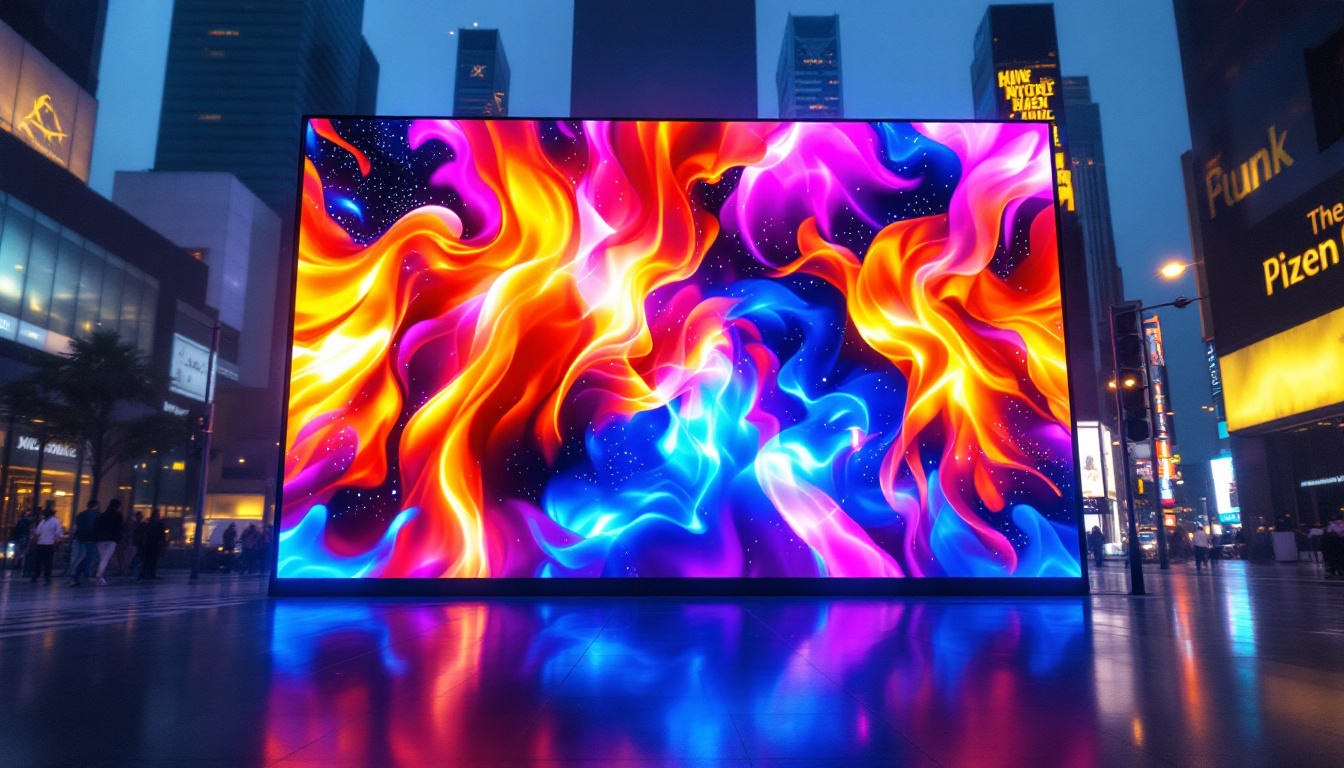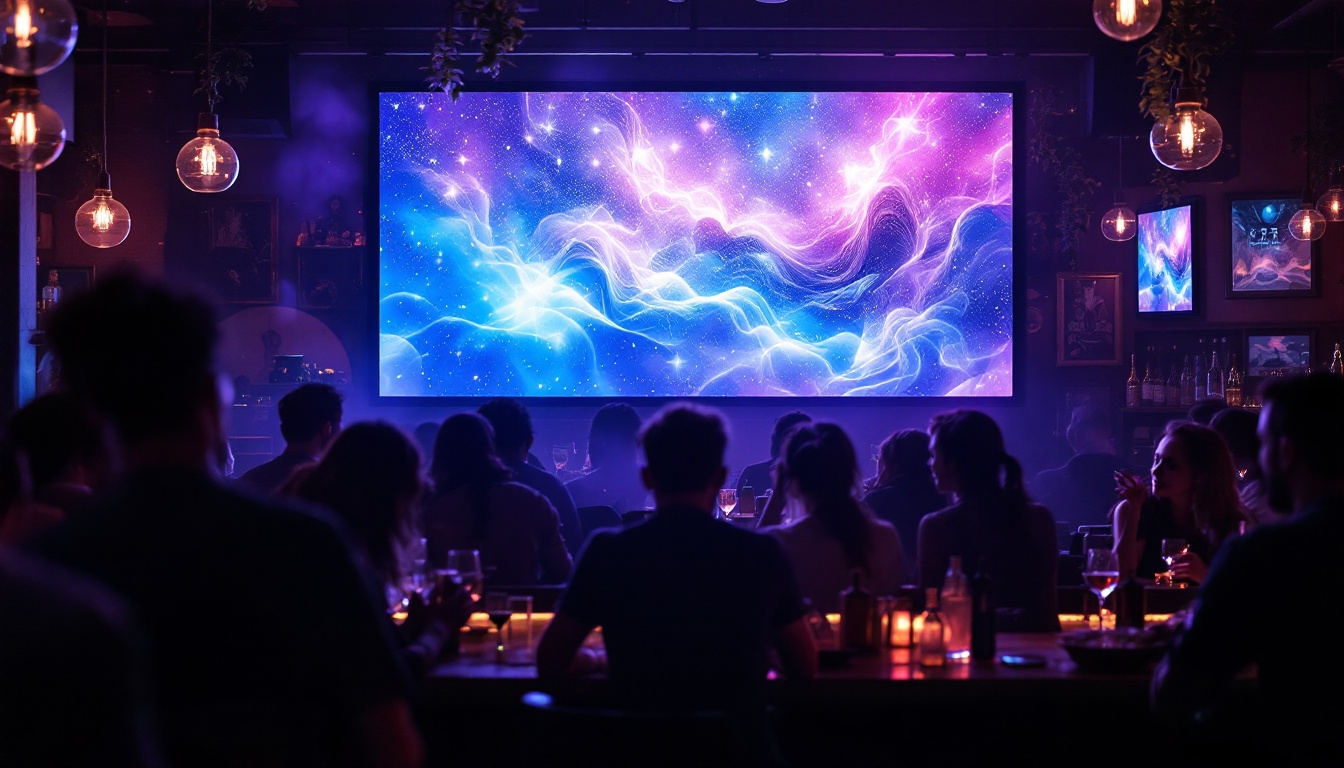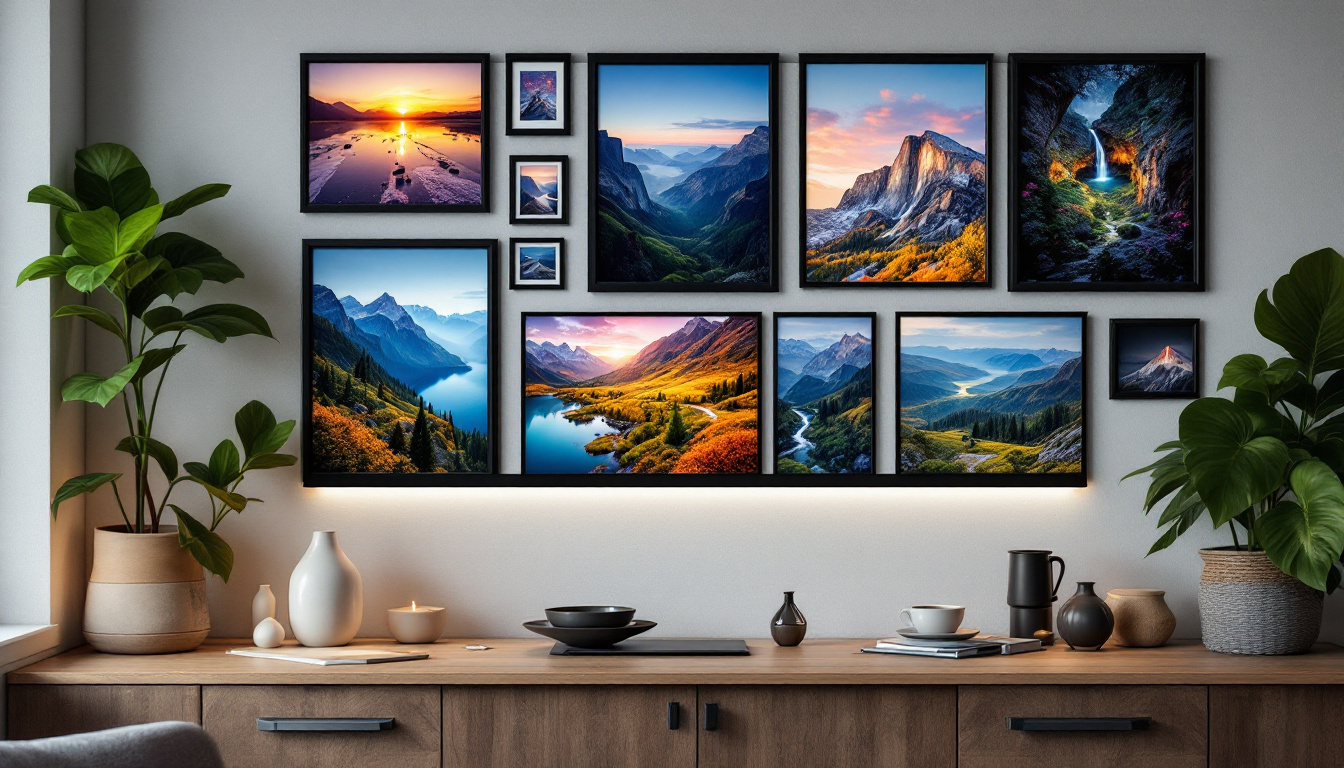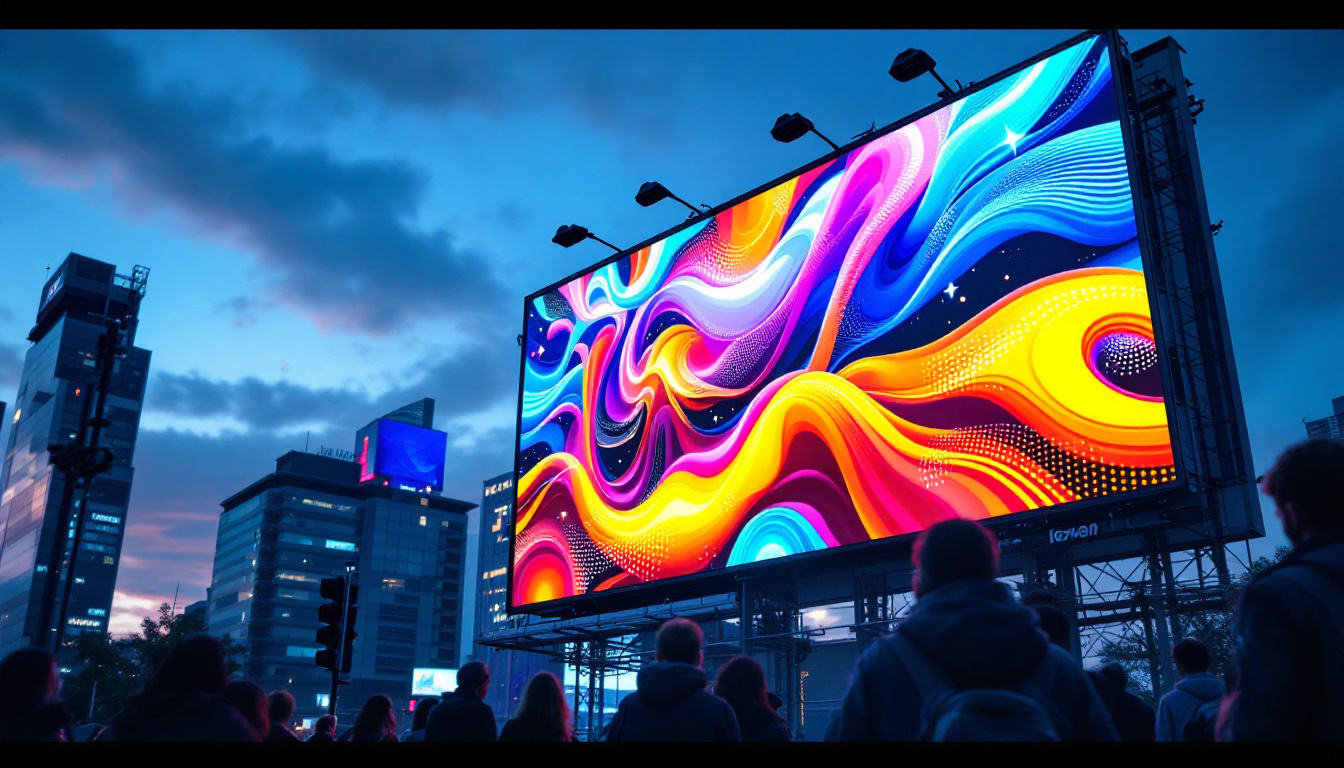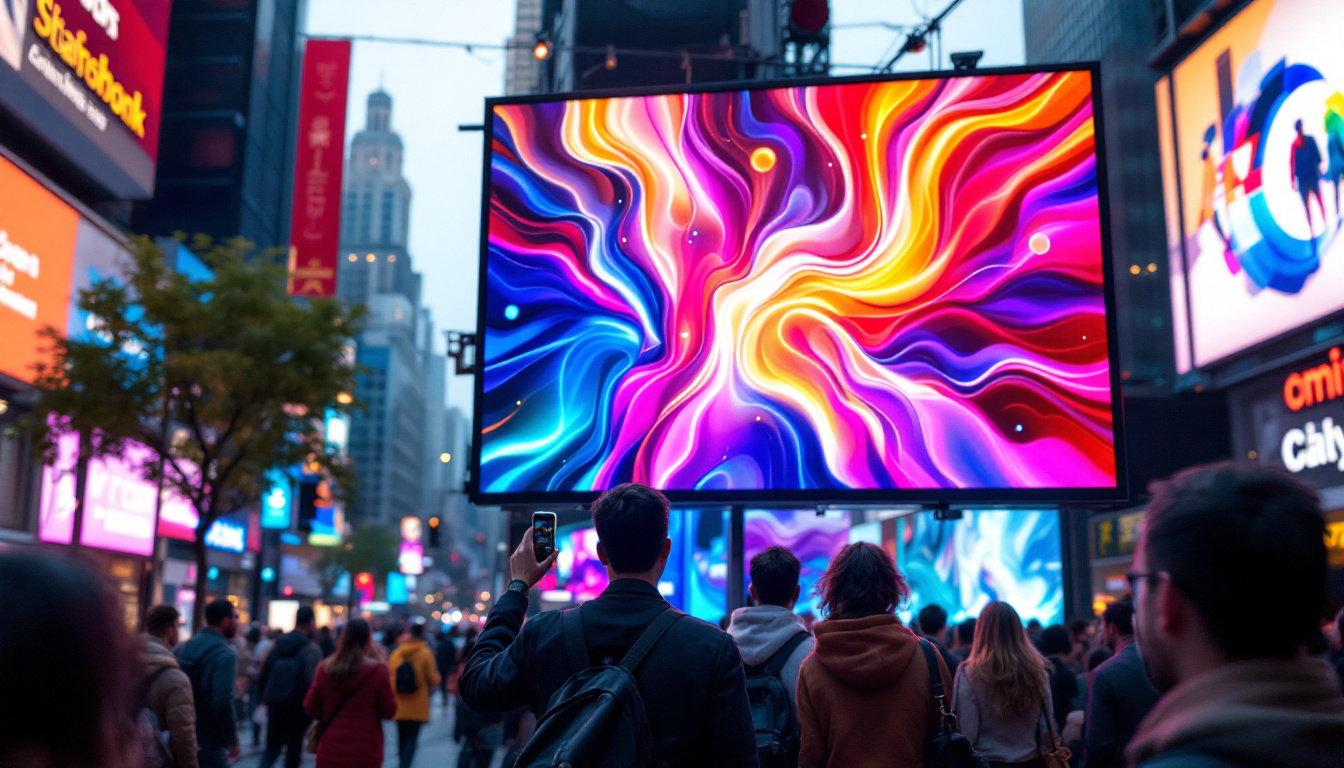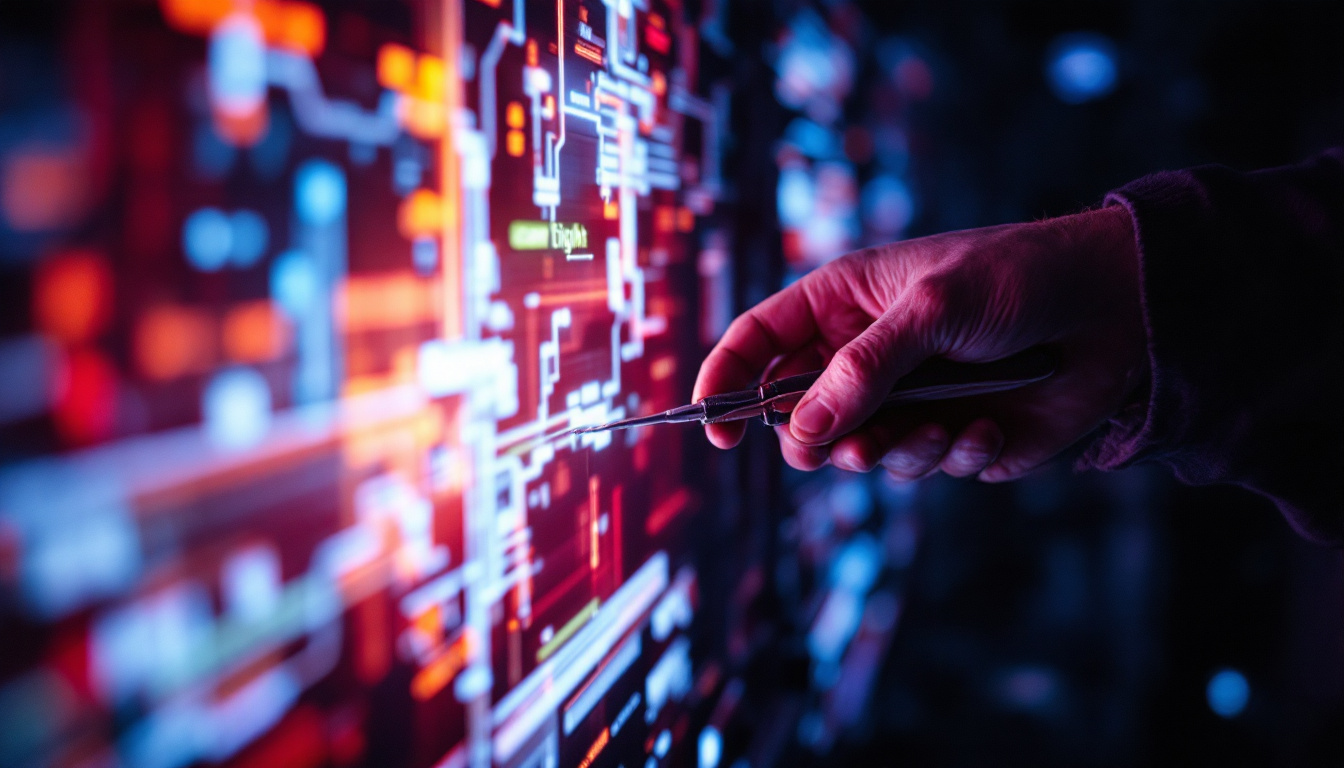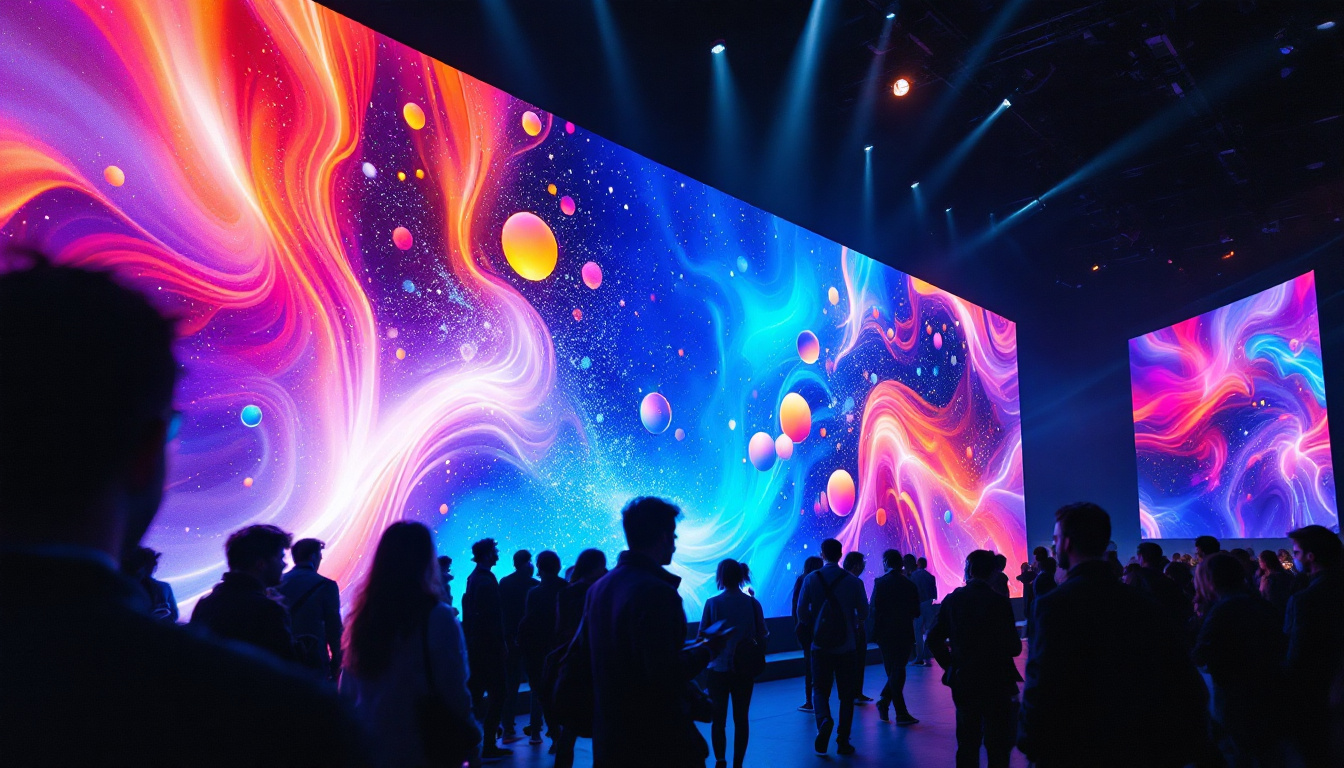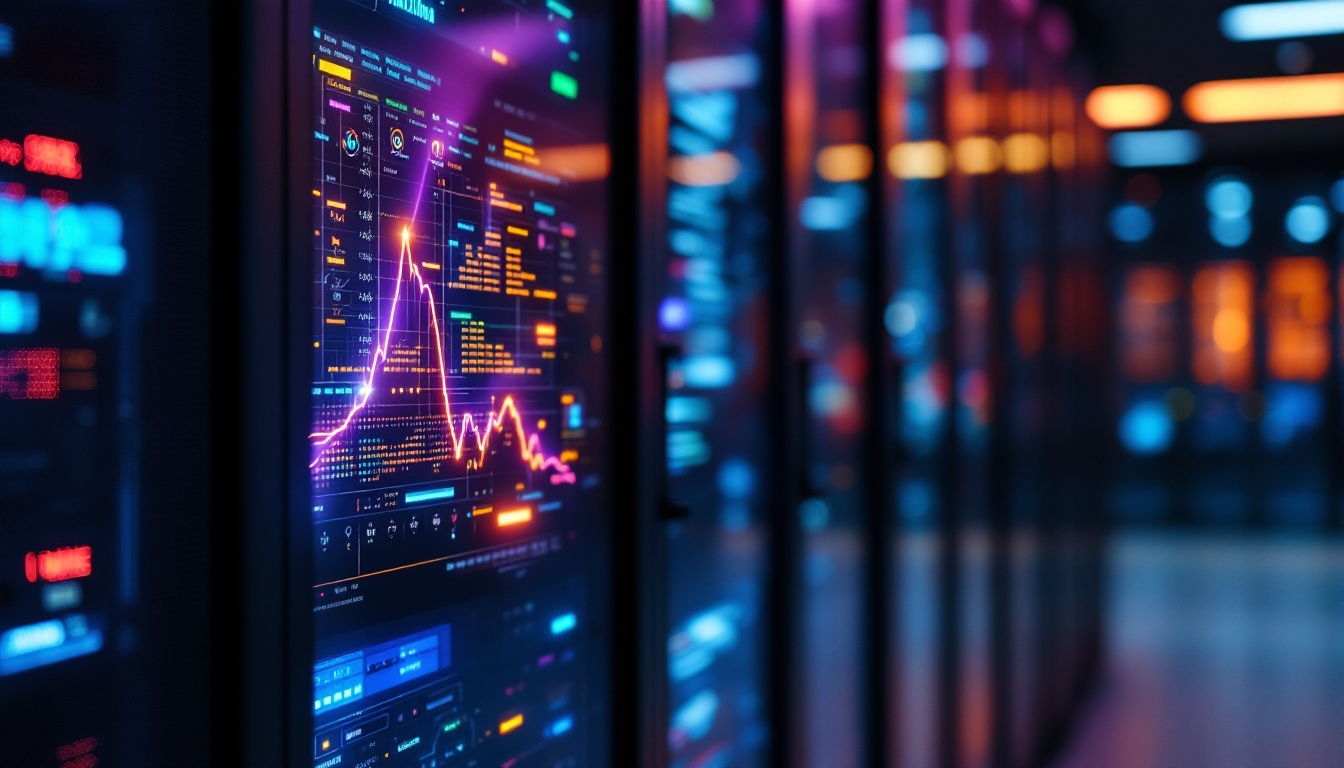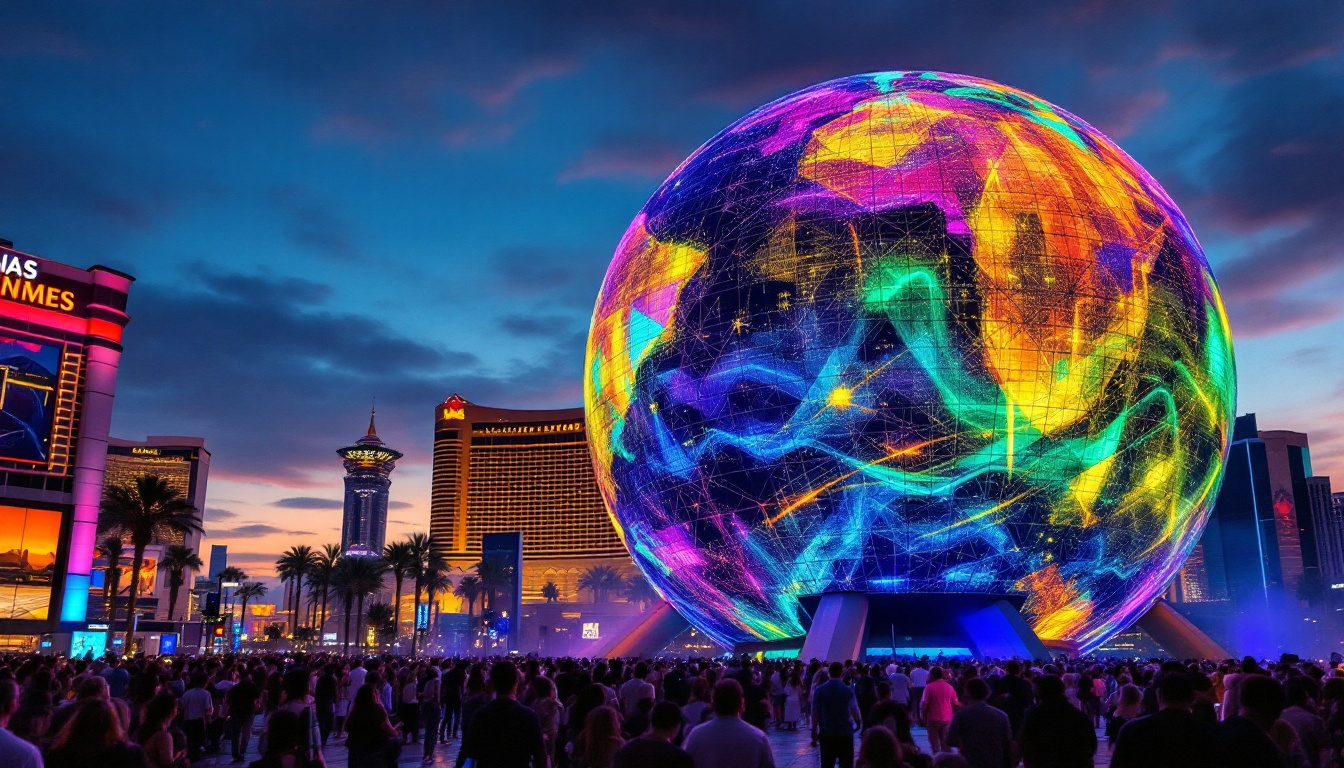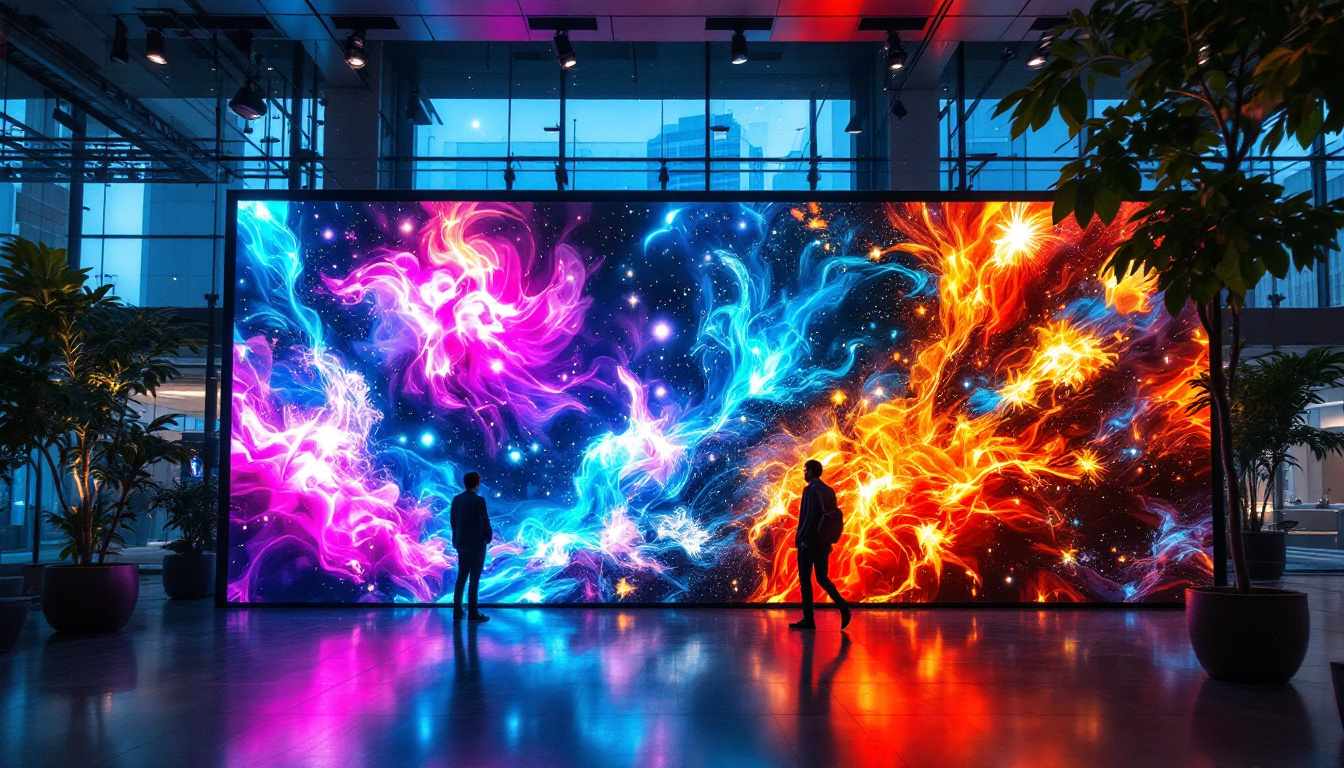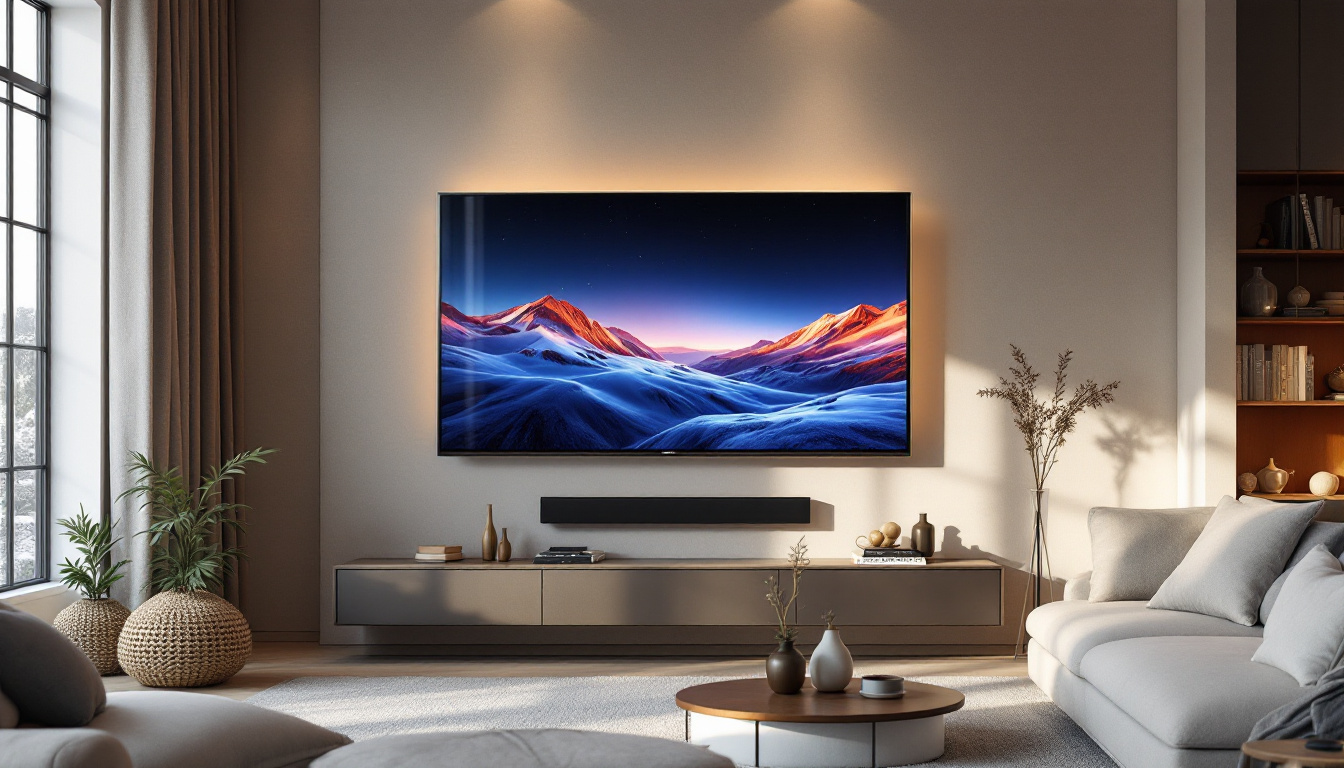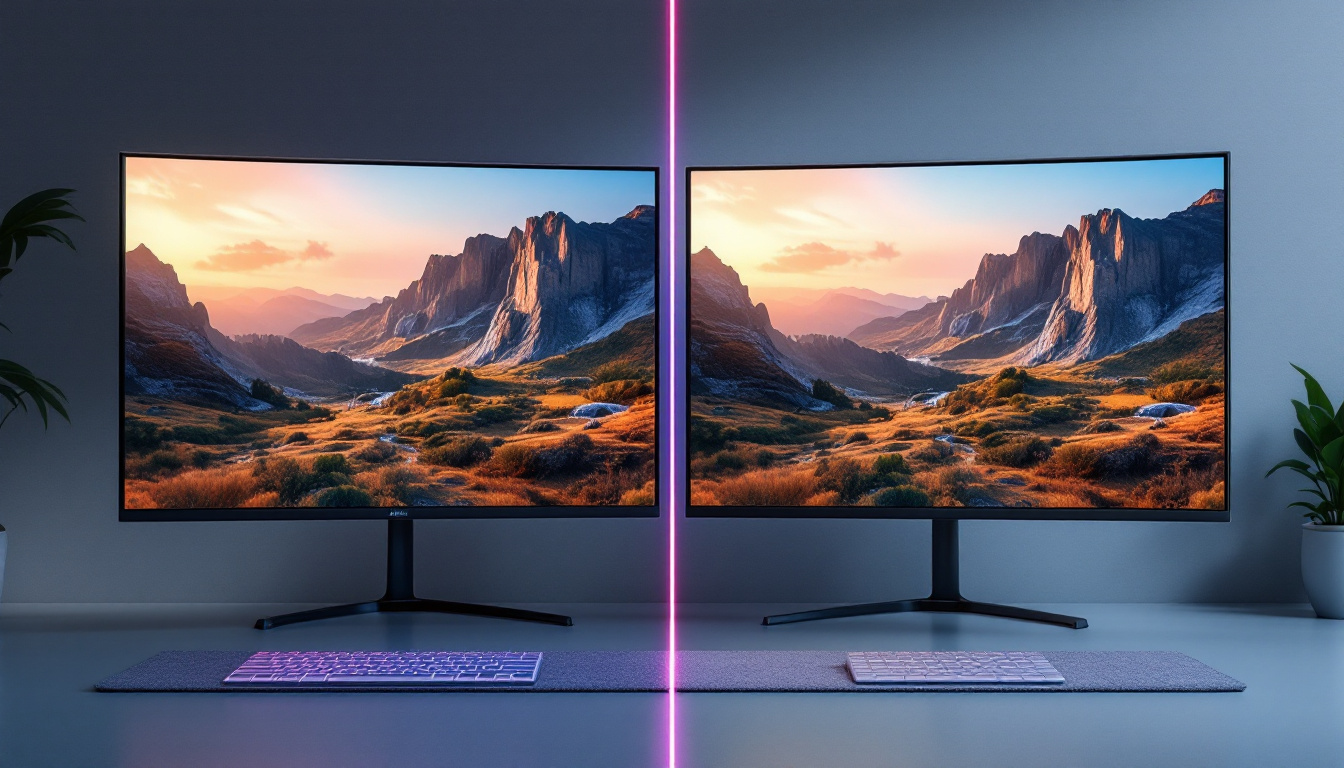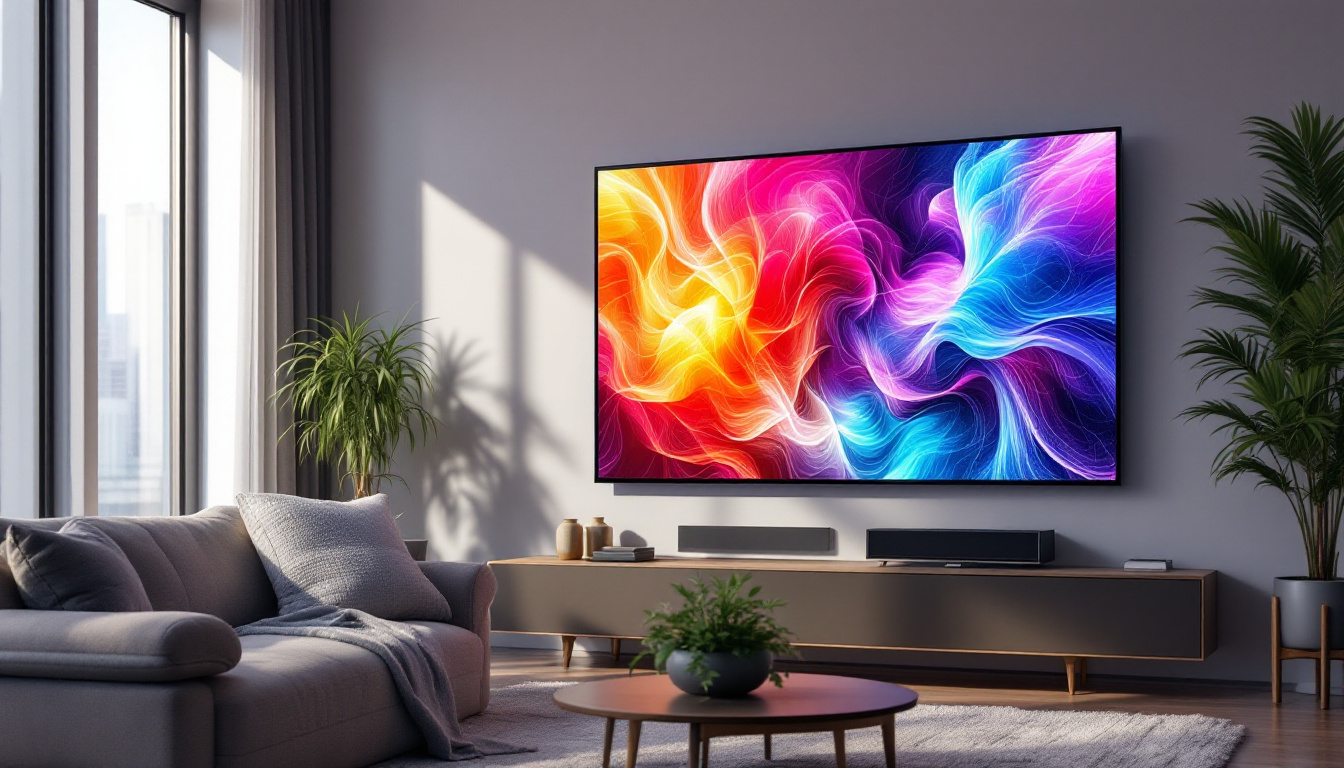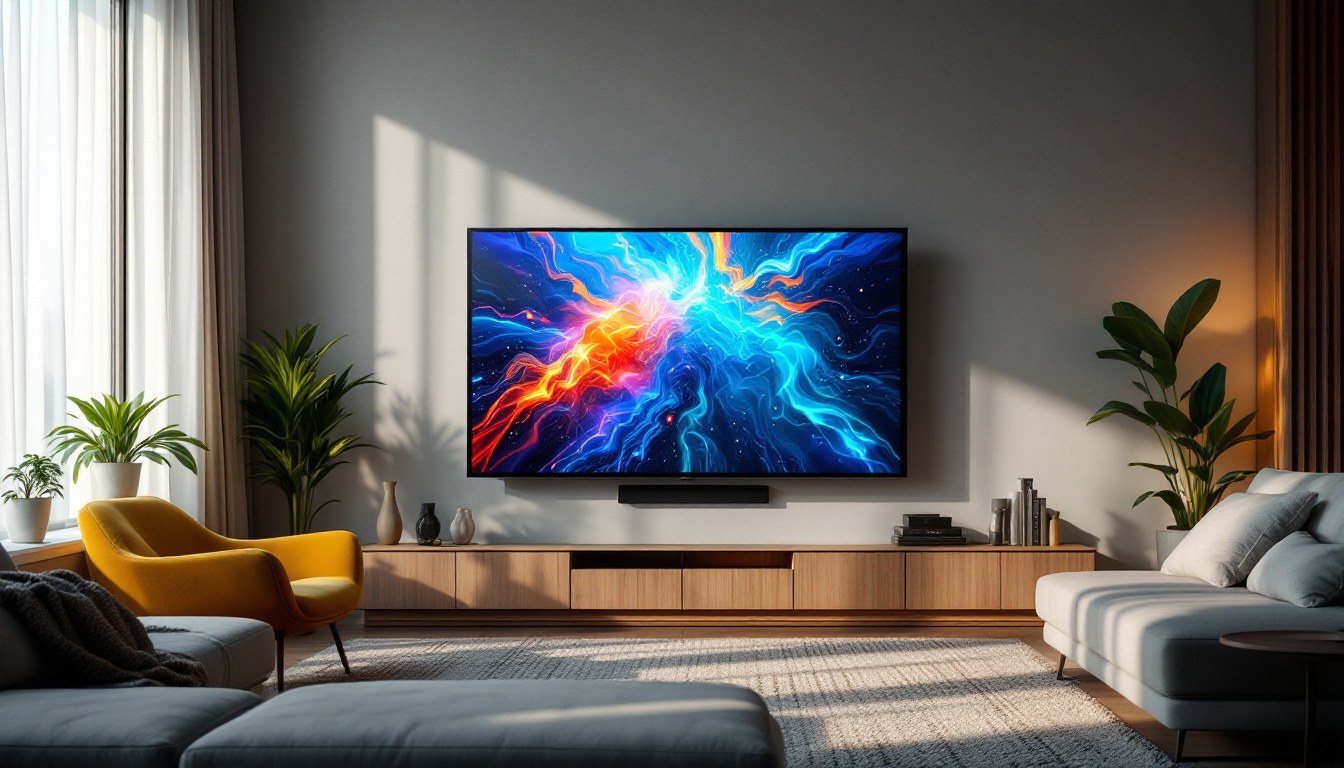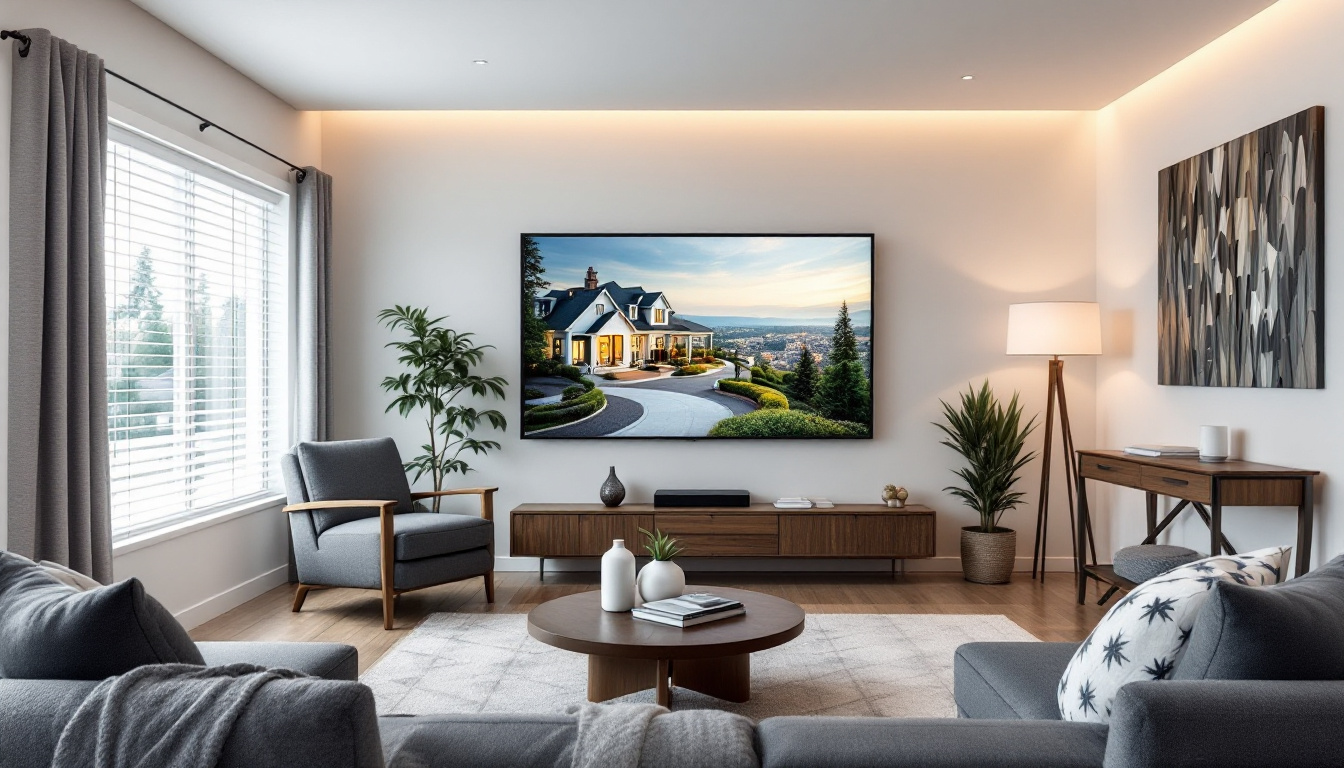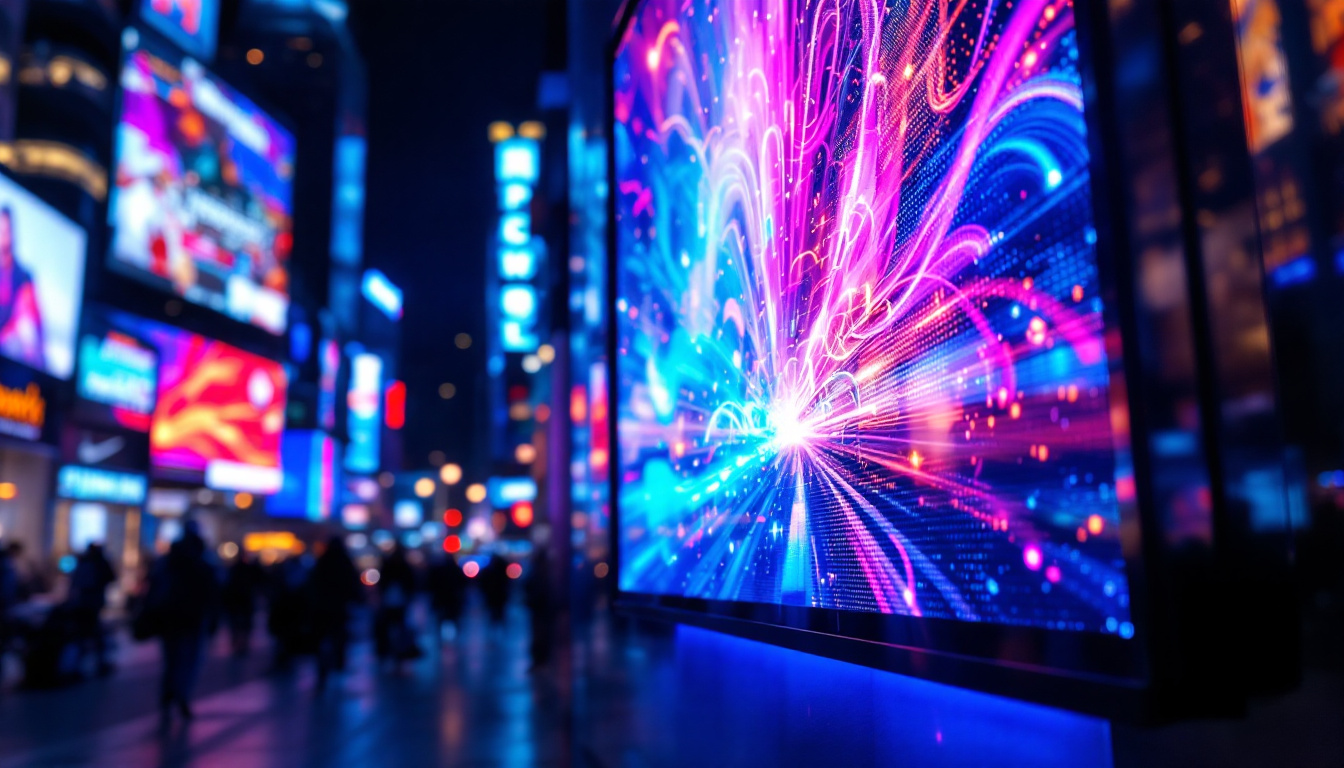In the realm of modern technology, screens have become an indispensable part of daily life. From smartphones to large television displays, the type of screen used can significantly impact the viewing experience. Among various screen technologies, LED (Light Emitting Diode) displays have emerged as a popular choice due to their superior performance, energy efficiency, and vibrant color reproduction. This article delves into the intricacies of LED displays, exploring their types, advantages, and applications.
Understanding LED Technology
LED technology is fundamentally different from traditional display technologies such as LCD (Liquid Crystal Display) and CRT (Cathode Ray Tube). At its core, an LED display utilizes light-emitting diodes to produce images and colors. This technology has revolutionized the way screens are designed and manufactured, leading to thinner, lighter, and more energy-efficient devices. The advent of LED technology has not only improved the visual experience for consumers but has also paved the way for innovations in various fields, including advertising, automotive displays, and even architectural lighting.
How LED Displays Work
LED displays function by using a matrix of tiny diodes that emit light when an electric current passes through them. Each diode corresponds to a pixel on the screen, allowing for precise control over brightness and color. The combination of red, green, and blue diodes creates a full spectrum of colors, enabling the display to render vivid images. This precise control is what allows LED displays to achieve high dynamic range (HDR), enhancing the viewing experience by providing deeper contrasts and more lifelike images.
The technology can be categorized into two main types: Direct LED and Edge-Lit LED. Direct LED displays use an array of LEDs positioned directly behind the screen, providing uniform brightness across the entire display. In contrast, Edge-Lit LED displays position LEDs along the edges of the screen, using light guides to distribute brightness evenly. Each type has its advantages and is suited for different applications. For instance, Direct LED displays are often preferred in environments where consistent lighting is crucial, such as in professional video editing, while Edge-Lit displays are favored for their sleek design and thinner profiles, making them ideal for modern home theaters.
Types of LED Displays
LED displays can be further classified into several types based on their applications and configurations. Understanding these types can help consumers make informed decisions when purchasing devices. Each type of LED display offers unique features that cater to different needs, from casual viewing to professional use.
- Standard LED Displays: These displays are commonly found in televisions and monitors. They offer excellent color reproduction and contrast ratios, making them suitable for various viewing environments. The affordability and widespread availability of standard LED displays have made them a popular choice for everyday consumers.
- OLED Displays: Organic Light Emitting Diode (OLED) technology takes LED a step further by using organic compounds to produce light. This allows for deeper blacks and more vivid colors, making OLED displays popular for high-end televisions and smartphones. The flexibility of OLED technology also enables curved and foldable screens, opening up new possibilities for device design.
- MicroLED Displays: A newer technology, MicroLED displays consist of microscopic LEDs that can create individual pixels. This results in exceptional brightness and color accuracy, with the potential for even thinner screens. MicroLED technology is particularly exciting for the future of large-scale displays, such as video walls and immersive environments, as it can be easily scaled without loss of quality.
In addition to these types, LED technology is also making strides in the realm of outdoor displays. High-brightness LED panels are now used for billboards and signage, capable of withstanding harsh weather conditions while delivering vibrant visuals that capture attention. Furthermore, advancements in LED technology continue to push the boundaries of what is possible, with innovations like transparent LED displays and flexible screens that can adapt to various surfaces and applications.
Advantages of LED Displays
LED displays offer numerous advantages over traditional display technologies. These benefits contribute to their widespread adoption across various industries and consumer products.
Energy Efficiency
One of the most significant advantages of LED technology is its energy efficiency. LED displays consume less power compared to their LCD and CRT counterparts, making them more environmentally friendly and cost-effective in the long run. This efficiency is particularly beneficial for large-scale applications, such as digital billboards and large-screen displays in public spaces. Moreover, the reduced energy consumption translates into lower operational costs, which can be a crucial factor for businesses looking to minimize expenses while maximizing visibility and engagement.
Furthermore, the use of LED technology aligns with global sustainability goals, as it contributes to a decrease in carbon footprints associated with energy production. As more organizations prioritize eco-friendly practices, the shift towards LED displays not only supports corporate responsibility but also enhances brand image, appealing to environmentally conscious consumers.
Brightness and Contrast
LED displays are renowned for their high brightness levels, making them suitable for use in well-lit environments. The ability to produce deep blacks and bright whites enhances the overall contrast ratio, resulting in a more immersive viewing experience. This characteristic is especially important for applications in broadcasting and gaming, where visual clarity is paramount. In addition to their impressive brightness, LED displays can also adapt to varying ambient light conditions, ensuring that content remains vibrant and easily viewable regardless of the setting.
This adaptability is further enhanced by advanced technologies such as local dimming, which allows specific areas of the display to adjust brightness independently. Such features not only improve the overall image quality but also provide a more dynamic viewing experience, making LED displays a popular choice for cinemas, art galleries, and interactive installations where visual impact is critical.
Longevity and Durability
LED displays are designed to last longer than traditional display technologies. With a lifespan of up to 100,000 hours, LED screens can endure years of use without significant degradation in performance. Additionally, they are more resistant to physical damage, making them ideal for outdoor applications and environments where durability is essential. This resilience is particularly advantageous for businesses that rely on continuous operation, as it minimizes the need for frequent replacements and maintenance.
Moreover, LED displays are less susceptible to issues such as burn-in, which can plague older technologies like CRTs and some LCDs. This reliability ensures that the visual quality remains consistent over time, providing a better return on investment. As a result, industries ranging from retail to transportation are increasingly integrating LED displays into their operations, recognizing the long-term benefits of investing in this advanced technology.
Applications of LED Displays
The versatility of LED displays has led to their adoption in a wide range of applications. From consumer electronics to large-scale installations, LED technology has transformed the way information is presented and consumed.
Consumer Electronics
In the consumer electronics sector, LED displays are prevalent in televisions, smartphones, and tablets. Manufacturers leverage LED technology to create devices that offer stunning visuals, enhanced color accuracy, and energy efficiency. As a result, consumers can enjoy a superior viewing experience whether they are watching movies, playing video games, or browsing the internet.
Advertising and Signage
LED displays have become a staple in advertising and signage due to their bright and vibrant visuals. Digital billboards and electronic signs can attract attention and convey messages effectively, making them an ideal choice for businesses looking to enhance their marketing efforts. The ability to update content in real-time adds to their appeal, allowing for dynamic advertising campaigns.
Professional Applications
In professional settings, LED displays are used in conference rooms, control centers, and broadcasting studios. Their ability to deliver high-quality visuals makes them essential for presentations, video conferencing, and live broadcasts. Additionally, LED walls can be configured for immersive experiences in entertainment venues, providing audiences with stunning visuals during concerts and events.
Challenges and Considerations
While LED displays offer numerous advantages, they are not without their challenges. Understanding these limitations is crucial for consumers and businesses alike.
Cost
One of the primary considerations when investing in LED technology is cost. While prices have decreased over the years, high-quality LED displays can still be relatively expensive compared to traditional technologies. This can be a barrier for some consumers and businesses, especially when considering large-scale installations.
Viewing Angles
Another challenge associated with LED displays is their viewing angles. While many LED screens offer decent viewing angles, some models may experience color distortion or brightness loss when viewed from extreme angles. This limitation can impact the overall viewing experience, particularly in settings where multiple viewers are present.
Heat Generation
LED displays can generate heat during operation, especially in high-brightness applications. Adequate cooling solutions are necessary to ensure optimal performance and longevity. In some cases, this may require additional investment in cooling systems, particularly for large installations.
The Future of LED Technology
The future of LED technology appears promising, with ongoing advancements aimed at enhancing performance and expanding applications. As manufacturers continue to innovate, several trends are emerging in the LED display landscape.
Advancements in MicroLED Technology
MicroLED technology is poised to revolutionize the display industry. With the ability to create ultra-thin screens that deliver exceptional brightness and color accuracy, MicroLED displays are expected to become more mainstream in consumer electronics and professional applications. This technology holds the potential to replace OLED displays in many scenarios due to its superior performance and longevity.
Integration with Smart Technology
As smart technology continues to gain traction, LED displays are increasingly being integrated into smart homes and IoT (Internet of Things) ecosystems. This integration allows for seamless control and customization of displays, enhancing user experiences. From smart TVs to interactive displays in public spaces, the possibilities are endless.
Sustainability Initiatives
With growing concerns about environmental impact, manufacturers are focusing on sustainability initiatives in LED technology. This includes developing energy-efficient displays, utilizing recyclable materials, and implementing production processes that minimize waste. As consumers become more environmentally conscious, these efforts will play a crucial role in shaping the future of LED displays.
Conclusion
LED displays have transformed the way we interact with technology, offering vibrant visuals, energy efficiency, and durability. As understanding of this technology continues to evolve, consumers and businesses alike can benefit from the advantages it provides. While challenges exist, ongoing advancements and innovations promise a bright future for LED displays, ensuring that they remain at the forefront of display technology for years to come.
Whether for personal use or professional applications, LED displays are set to play a pivotal role in shaping the future of visual communication. Embracing this technology can lead to enhanced experiences and opportunities across various sectors, making it an essential consideration for anyone looking to invest in modern display solutions.
Discover the Future of LED Displays with LumenMatrix
Ready to experience the next level of visual communication? LumenMatrix is at the forefront of LED display innovation, offering an extensive range of solutions tailored to your needs. From captivating Indoor and Outdoor LED Wall Displays to dynamic Vehicle and Sports LED Displays, our technology is designed to make your brand stand out. Explore the possibilities with our LED Poster, Floor, Custom, All-in-One, and Transparent Displays. Elevate your visual impact and engage your audience like never before. Check out LumenMatrix LED Display Solutions today and be a part of the visual revolution.

